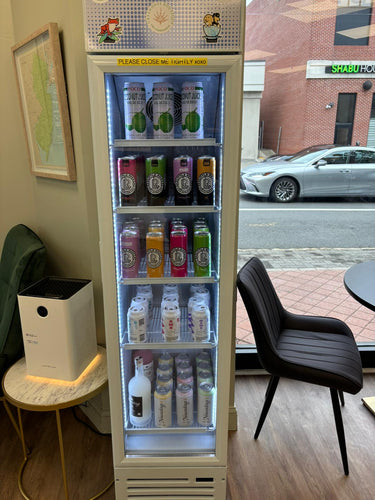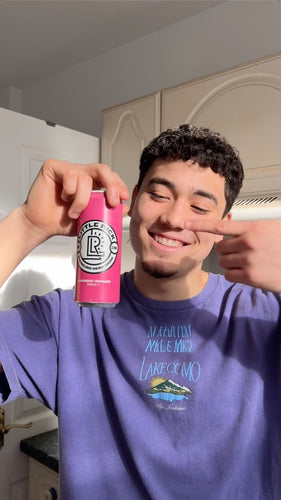Unlocking New Medicinal Frontiers: The Untapped Potential of Rare Cannabis Compounds
Exploring the Medicinal Potential of Cannabis Beyond Cannabinoids
Recent breakthroughs in cannabis research have unveiled a rich tapestry of potential beyond the well-known cannabinoids like THC and CBD. Insights into these developments not only revolutionize our understanding but also highlight the vast possibilities for medical applications of cannabis compounds.
Uncovering Rare Phenolic Compounds in Cannabis
Scientists at Stellenbosch University have identified rare phenolic compounds in cannabis leaves, notably flavoalkaloids, which were found primarily in one out of three tested strains. This discovery is illuminating, as it suggests that the cannabis plant harbors more complex and possibly beneficial properties than previously acknowledged. The implications for both the pharmaceutical and nutraceutical industries could be substantial, offering avenues for new therapies and supplements derived from cannabis components traditionally regarded as byproducts.
The Impact of These Discoveries on Cannabis Product Development
The identification of such compounds challenges the current focus solely on cannabinoids and opens new research and development channels for cannabis product formulation. For companies in the cannabis sector, including brands like Little Rick, this could mean an opportunity to diversify product lines and include formulations that utilize the full spectrum of cannabis’s chemical properties. Such innovation not only aligns with consumer interest in comprehensive health and wellness solutions but also potentially sets new standards in a competitive industry.
Enhancing Industry Standards and Consumer Safety
This research could also influence the regulatory landscape for cannabis products. With more detailed profiles of cannabis’s biochemical makeup, regulators might refine safety standards and quality control measures, ensuring products deliver benefits with minimal risks. Companies that proactively align their product development strategies with these findings can position themselves as leaders in safety and quality, building substantial trust with consumers and stakeholders.
Opportunities for Strategic Collaborations and Partnerships
Advanced understanding of cannabis’s components promotes opportunities for collaborative research and development. Partnerships between academia, industry, and healthcare institutions could foster innovations that capitalize on these newly discovered compounds, turning scientific insights into practical solutions. For businesses, such as Little Rick, engaging in collaborative projects could also enhance brand reputation, demonstrating a commitment to science-driven, consumer-focused product development.
In conclusion, the discovery of rare phenolic compounds in cannabis isn’t just a scientific achievement; it’s a promising frontier for medicinal innovation and industry growth. At Little Rick, we are continuously exploring how these kinds of scientific findings can enrich our product offerings and meet our consumers' health and wellness needs more effectively. To discover more about how we’re leveraging science to transform cannabis consumption, visit our website and explore our range of THC drinks and edible gummies, crafted to offer you not just enjoyment, but a full spectrum of potential health benefits.







